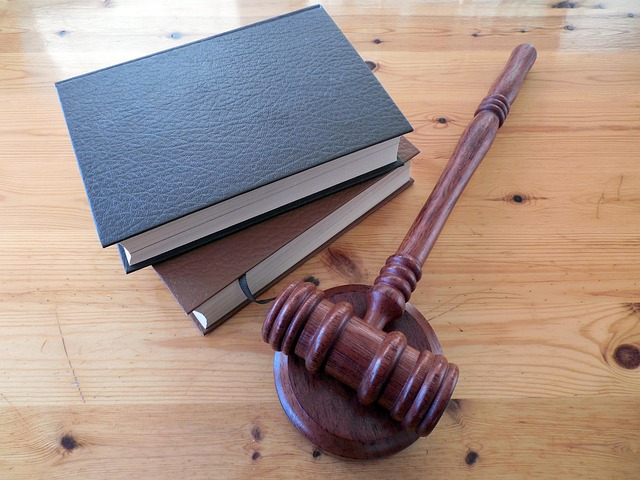Cycling injuries range from minor to severe, with legal ramifications varying accordingly. Lawyers specializing in this field must understand these injuries and their implications to navigate complex compensation claims effectively. Many accidents result from caregiver negligence or abuse, causing significant trauma. Key factors in determining cycling injury compensation include severity of injuries, recovery duration, long-term disabilities, pain and suffering, legal responsibility, financial impact, and more. Cyclists should employ effective strategies, gather comprehensive documentation, and be aware of legal time limits to maximize compensation. A strategic approach, combining thorough preparation and legal knowledge, significantly influences the outcome of a cycling injury compensation claim.
Cycling has become a popular mode of transportation and recreation, but it also carries risks. When accidents occur, understanding what lawyers look for in cycling injury compensation is crucial for cyclists seeking fair redress. This article explores the key elements that legal professionals consider when evaluating claims, focusing on the unique challenges and implications of cycling injuries. Learn about maximizing compensation potential through knowledge of rights and effective strategies.
- Understanding Cycling Injuries and Their Legal Implications
- Key Elements in Determining Compensation for Cyclists
- Maximizing Injury Compensation: Rights and Strategies for Cyclists
Understanding Cycling Injuries and Their Legal Implications

Cycling injuries can range from minor scrapes to severe fractures and head traumas, each carrying unique legal implications for compensation claims. Understanding these injuries is crucial for lawyers navigating cycling injury compensation cases. According to research, many cycling accidents involve caregiver negligence or even abuse, leading to significant physical and emotional trauma for the victim. These incidents often require extensive medical care, rehabilitation, and adaptations to daily life—all of which can be factored into determining a client’s recovery and appropriate compensation.
Lawyers specializing in cycling injury compensation must consider various factors beyond the immediate physical damage. They assess the severity of injuries, the duration of recovery, long-term disabilities, and pain and suffering. In cases involving caregiver negligence or abuse, it becomes even more complex, as legal teams must gather evidence to substantiate claims and argue for fair client recovery.
Key Elements in Determining Compensation for Cyclists

When determining compensation for cycling injuries, several key elements come into play. Firstly, the extent and severity of the cyclist’s injuries are paramount. This includes both physical pain and suffering as well as any long-term disabilities or permanent damage caused by the accident. Medical records and expert opinions from healthcare professionals play a crucial role in assessing these factors. Additionally, the legal responsibility of the at-fault party is a critical aspect. A car accident attorney will examine the circumstances to establish whether negligence on the part of another driver, a property owner (in cases of homeowner insurance claims), or even a nursing home (in instances of neglect) led to the cycling injury.
The financial impact on the cyclist is also considered. This encompasses not only immediate medical expenses but also future healthcare costs, lost wages due to time off work, and any reduced earning capacity resulting from the accident. These elements collectively form the basis upon which a fair and just cycling injury compensation is determined, ensuring that cyclists receive proper reimbursement for their injuries and associated setbacks.
Maximizing Injury Compensation: Rights and Strategies for Cyclists

When it comes to maximizing cycling injury compensation, understanding your rights and employing effective strategies is paramount. Cyclists who suffer injuries often face significant challenges navigating the legal system, especially when dealing with complex issues like insurance coverage disputes. It’s crucial to recognize that every case is unique, and what works for one may not work for another.
To enhance their chances of securing adequate compensation, cyclists should gather comprehensive documentation related to their accident, including medical records, police reports, and witness statements. This evidence plays a pivotal role in supporting their claims. Additionally, being aware of the legal time limits for filing property damage claims or pursuing cases against institutions like nursing homes (in case of abuse) is essential. A strategic approach that combines thorough preparation, understanding of legal rights, and a proactive mindset can significantly influence the outcome of a cycling injury compensation claim.
When seeking cycling injury compensation, understanding what legal experts prioritize is essential. By recognizing the key elements that influence compensation, cyclists can navigate their rights effectively. This article has outlined the critical aspects lawyers consider, from injury severity and liability to evidence and legal precedents. Armed with this knowledge, cyclists can maximize their compensation potential, ensuring they receive fair and adequate redress for their cycling-related injuries.





